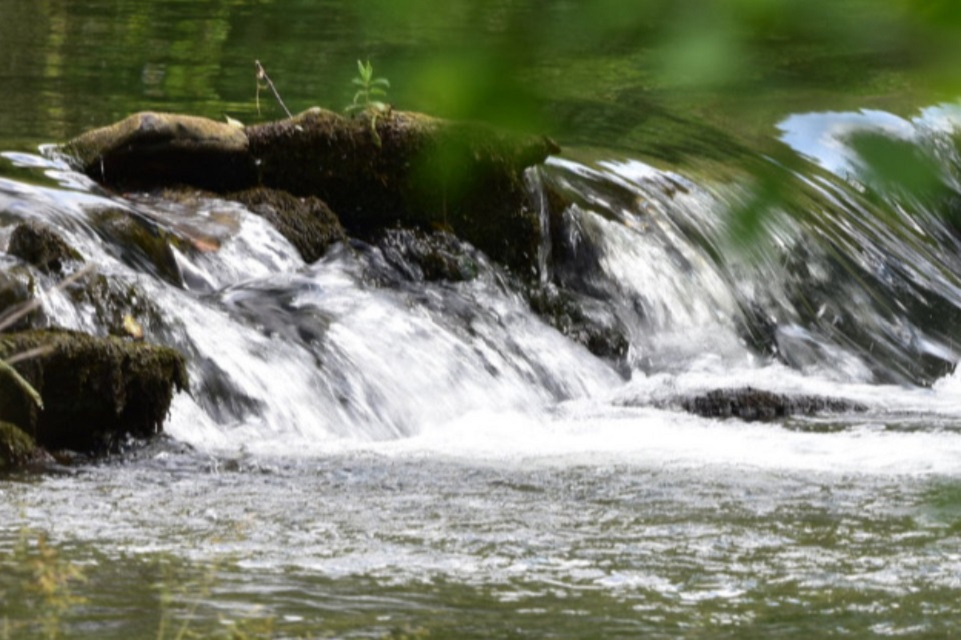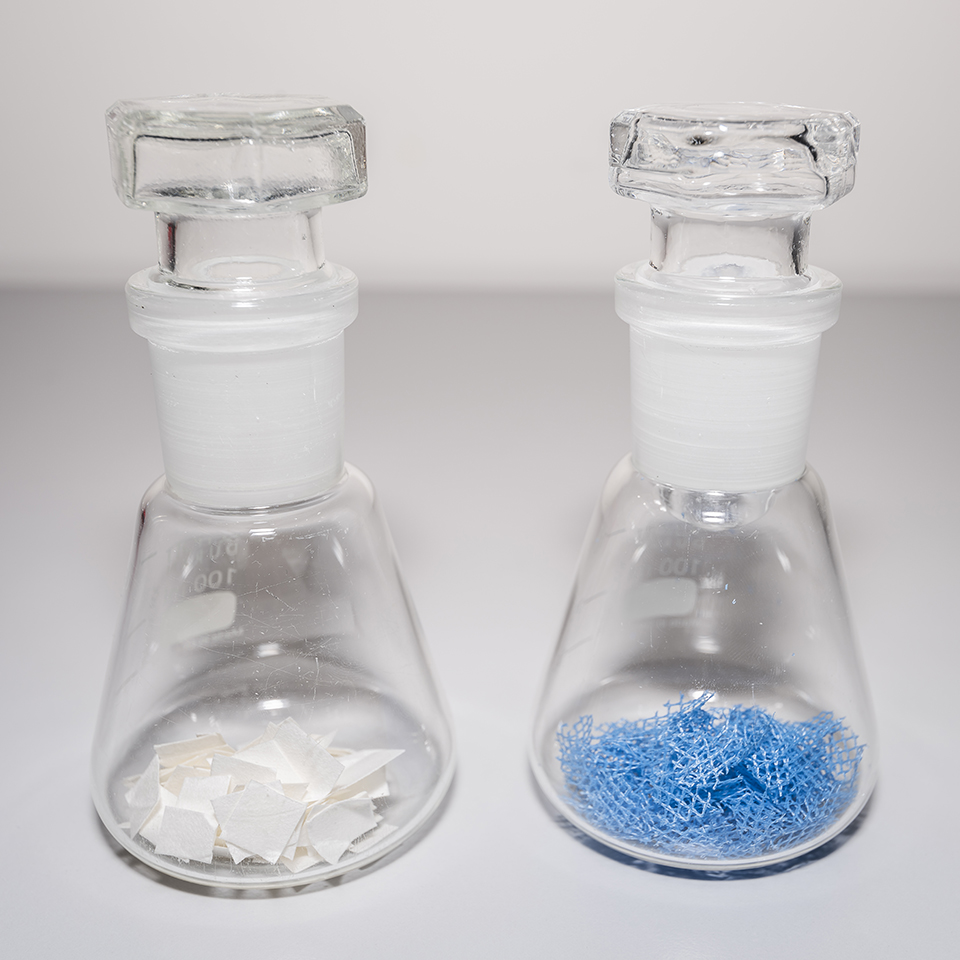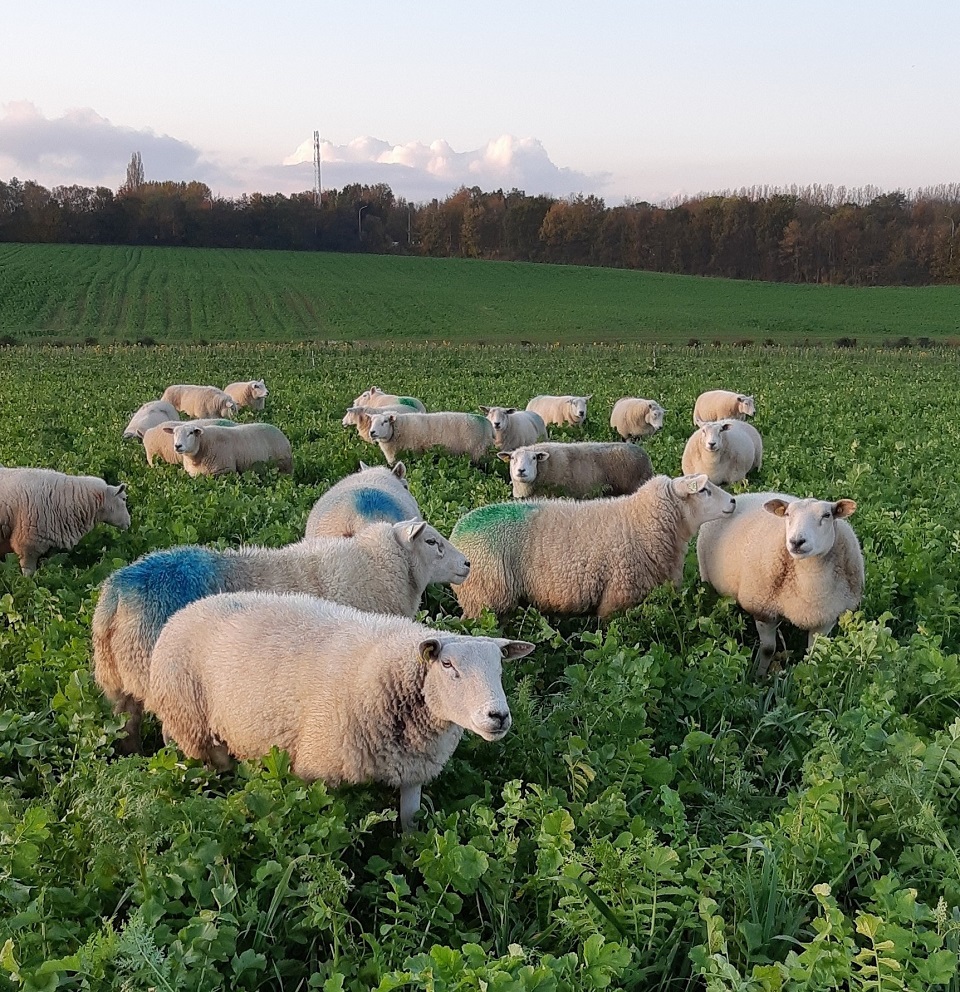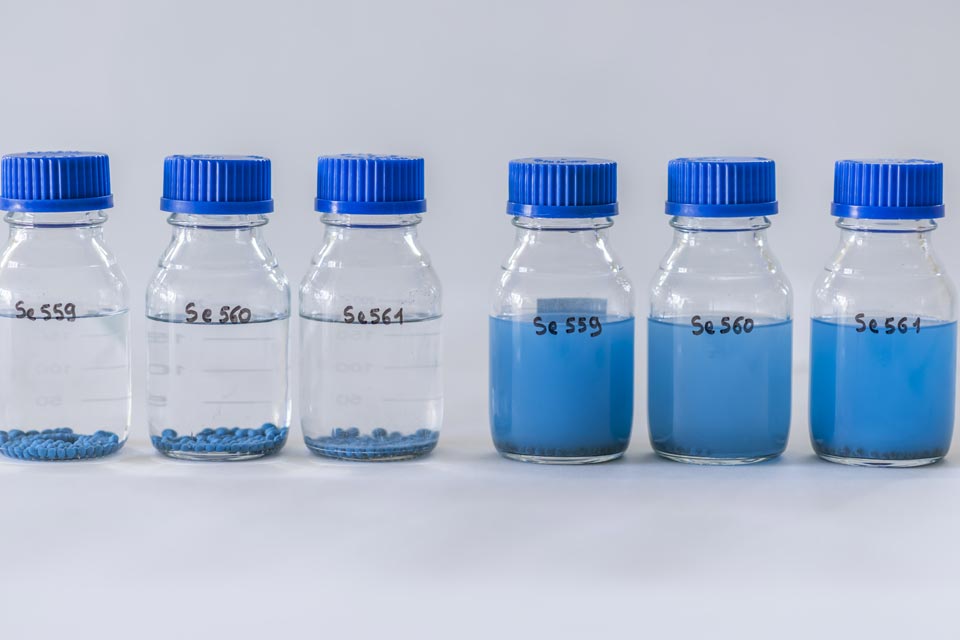On a regional scale, Wallonia is committed to a major prevention policy, with a view to limiting the impact of plant protection products (PPPs) on the environment and human health. PPPs have played a large part in the intensification of agriculture and the increase in agricultural production, but the diffusion of active substance residues and/or their metabolites has also contaminated the environment.
Of the various environmental compartments, the water resource is receiving particular attention in Wallonia, notably the protection of catchments for the production of drinking water. Therefore the CRA-W has developed INDIC'eau, a risk indicator for the transfer of PPPs to water resources, working in partnership with PROTECT'eau, the regional non-profit organization for the preservation of water quality. This indicator is intended to be intrinsically specific, and applicable to the context of Walloon farms.
INDIC’eau is based on an analysis of the commercial products applied by farmers. Their sensitivity to infiltration and run-off is also taken into account via the physical and chemical properties of each active substance contained inall of applied PPPs. Concretely a dedicated treatment index gathering the PPPs that present a potential risk for the water resource (ISAC’eau) is combined with a colour code for surface waters and a weighting according to leaching parameters for groundwater. This ultimately enables us to determine a theoretical risk of the impact of PPPs used, for surface and ground waters respectively. The indicator has been developed and validated on the basis of the dataset collected by a network of farmers during the 2020-2021 crop year.
The tool enables us to raise awareness among farmers regarding the prevention of water resource contamination by PPPs. It can also be used to assess progress, since it generates concrete information on the efforts made. Finally, from an objective analysis of the uses of problematic active substances on farms, it also facilitates the introduction of alternatives aimed at reducing the potential transfer of PPPs to water resources, for example by means of chemical substitutions and/or mechanical weeding.
Funding: Project subsidised by the SPW and the SPGE as part of the PROTECT’eau agreement












